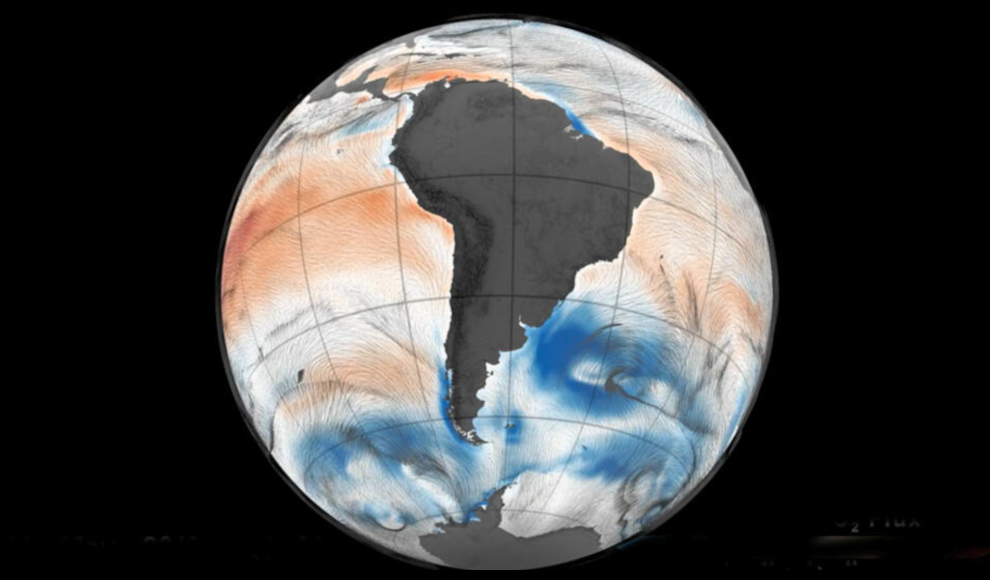The Southern Ocean, also known as the South Polar Ocean, absorbs more carbon dioxide from the atmosphere than it releases, according to a recent study by the National Center for Atmospheric Research (NCAR) in collaboration with NASA. The study, published in the journal Science, used data collected from research flights between 2009 and 2018 to show that the Southern Ocean takes in about 40% of anthropogenic CO2, a much higher percentage than previously thought. The findings confirm the importance of aircraft-based observations in understanding the carbon cycle.
The Southern Ocean has long been recognized as a significant carbon sink, but the exact amount of CO2 it absorbs has been difficult to determine. Recent measurements of the ocean’s acidity levels have produced conflicting results, making it challenging to estimate the amount of CO2 absorbed by the Southern Ocean. However, the study’s authors were able to use data from research flights to confirm that the Southern Ocean is a more significant carbon sink than previously believed. The ocean absorbs CO2 because cold water rises to the surface, taking in CO2 from the atmosphere before sinking back down to deeper layers. This process is aided by phytoplankton, which also absorb CO2.
The study’s findings have important implications for climate change mitigation efforts. The Southern Ocean’s ability to absorb CO2 helps to reduce the impact of emissions on the environment. The study’s lead author, Matthew Long, noted that “airborne measurements show that carbon dioxide in the lower atmosphere above the Southern Ocean is decreasing in summer, confirming that the ocean is taking up carbon dioxide.” The study’s results highlight the importance of continued research into the carbon cycle and the role of the Southern Ocean in mitigating the effects of climate change.










